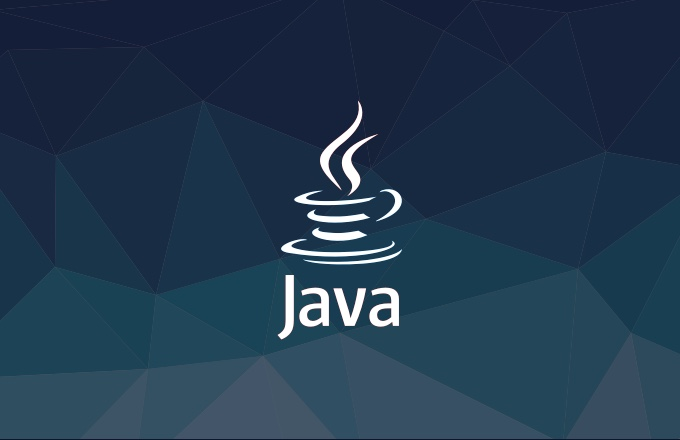람다식을 어디에 사용할 수 있는가?
람다식은 functional interface가 있어야 될 자리면 모두 사용할 수 있다.
=> 이때 functional interface를 target type이라고 하며, 컴파일시 target type에 맞춰서 람다식이 해석되어진다.
- 변수 선언, 대입 그리고 배열 초기화(array initializers?)
- Method 또는 constructor 매개변수
- Return statements
- Cast expressions
- Ternary conditional expressions(?:)
output = (x > y) ? (event) -> system.out.println("yes") : "no"주로 어떤 용도로 사용되는가?
- High-order functions
- Implementing callbacks
- Instead of anonymous inner classes
- In stream operations
예시
- High-order functions
- HOF라고 하는데, 함수를 인자로 전달 받거나 함수를 결과로 반환하는 함수를 의미한다. 참고

interface MyFunction{
double apply(double x);
} double integral(MyFunction f, double a, double b, int n){
int i;
double sum = 0;
double dt = (b - a)/n;
for(i = 0; i < n; ++i){
sum += f.apply(a + (i +0.5)*dt);
}
return sum*dt;
} r = integral(x -> x*x, 0, 1, 100)
r = integral(x -> x*x*x, 0, 1, 100)- Implementing callbacks
- callback은 콜벡함수라고, 다른 함수의 인자로 활용되는 함수 혹은 다른 함수에 의해서 호출되는 함수를 의미한다. 참고
Timer t = new Timer(1000, event -> System.out.println("the time is" + new Date()));
//Timer 생성자의 인자로 람다식이 전달하고 있다.
//그리고 이 람다식을 callback함수로도 해석할 수 있다.- Annnonymous Inner Class
- 자바에서 람다식을 제공하기 이전에는 이 방식으로 주로 했다고 한다. 자바8부터 람다식을 제공한 이후에는 대체되었다고 한다. Annnonymous Inner Class에 대해서는 후에 Nested Class에 대해서 다룰 때 더 깊이 다룬다. 어떻게 작동하는지만 대충 알고 넘어가자.
interface IntConsumer{
double accept(int x);
} void repeat(int n, IntConsumer action){
for(i=0; i<n; i++) action.accept(i);
} //Annnonymous Inner Class
repeat(10,
new Intconsumer(){
public double accept(int x){
System.out.println("Countdown: "+(10-x));
}
}); //Lambda Expression
repeat(10, x -> System.out.println("Countdown: "+(10-x));- Stream Operations
- 이 내용은 이후에 자세히 다룰 기회가 있다고 한다. 어떻게 작동하는지만 대충 알고 넘어가자.
Interger[] values = {2, 9, 5, 0, 3, 7, 1, 4, 8, 6};
...
System.out.println(
Arrays.stream(values)
.filter(value -> value > 4) //Lambda expression을 통해 4보다 큰 것만 필터링하고 있다.
.sorted()
.collect(Collectors.toList())); //결과: [5, 6, 7, 8, 9]
